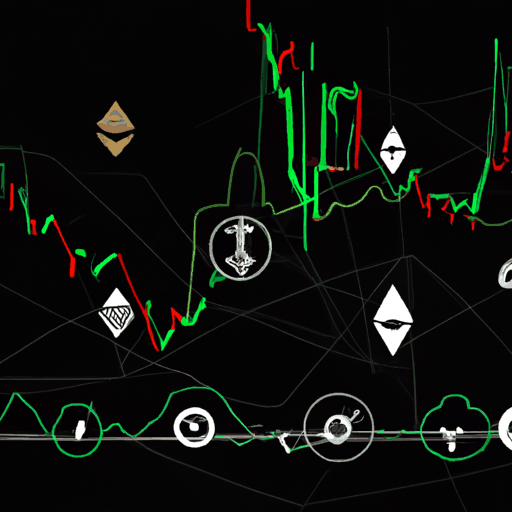
Mainstream Media's Limited Bitcoin Coverage Exposes Institutional Risks
By: Isha Das
Recent analysis has unearthed significant discrepancies in the coverage of Bitcoin by mainstream media outlets, casting a spotlight on the potential risks for institutional investors relying on such information channels. During the second quarter, 18 prominent news outlets collectively published 1,116 Bitcoin-related articles. However, a detailed survey by Bitcoin analysis firm Perception reveals a stark disparity in coverage volume and narrative perspective. The sentiment towards Bitcoin was notably divided, with 31% of the articles being positive, 41% neutral, and 28% negative.
The Wall Street Journal, the Financial Times, and The New York Times together produced only 13 Bitcoin articles, illustrating a concerning lack in comparison to finance-dedicated media platforms. This gap, termed as an 'editorial blind-spot risk', highlights how substantial digital assets like Bitcoin, which have liquidity comparable to G-10 currencies, receive insufficient attention in legacy media. This lack of information restricts institutional investors who depend on these outlets, affecting their portfolio decisions and understanding of market dynamics.
In stark contrast, business-focused publications such as Forbes, CNBC, and Fortune provided more rigorous and optimistic Bitcoin coverage, centered around adoption metrics, exchange-traded funds (ETFs), and the broader economic impact of cryptocurrency. Forbes led the coverage with 194 articles, followed by CNBC and Fortune, which focused on the asset's growing integration into traditional financial systems. Conversely, outlets like The Independent focused predominantly on negative narratives, framing Bitcoin in terms of security breaches and price volatility.
This varied narrative landscape underscores a potential information asymmetry that could put institutional capital at risk. The report by Perception suggests that media exposure discrepancies can create both an opportunity for well-informed investors and a challenge for those reliant on insufficiently informed sources. With the possibility of benchmarking media exposure against market performance, institutions are encouraged to diversify their information sources to make more informed strategic decisions.



